In 1911, concerns over flooding, erosion and forest fires led Congress to pass the seminal Weeks Act legislation with profound effects for eastern forests. The Weeks Act had many advocates and arose from a need to address the devastating economic effect that mismanagement of these forest landscapes had on this region.
A distinctive feature of the Act was the breadth of constituencies promoting a solution for sustaining this land and protecting it for the future. The communities surrounding the White Mountain National Forest (WMNF) played a critical role in the legislation and the ultimate protection of the White Mountains. In the ensuing decades, these same citizens, and their sons and daughters, continued their involvement in the WMNF, building and maintaining trails and campgrounds and sharing their love of the Forest with visitors.
Did you know? There are currently 11 different trail clubs in the White Mountain National Forest that steward the Forest’s more than 1,200 miles of trails. This is in addition to at least 16 other organizations that are current trail maintainers. To make it easier, we’ve put together a brief overview of some of the key trail clubs in the White Mountains for you.
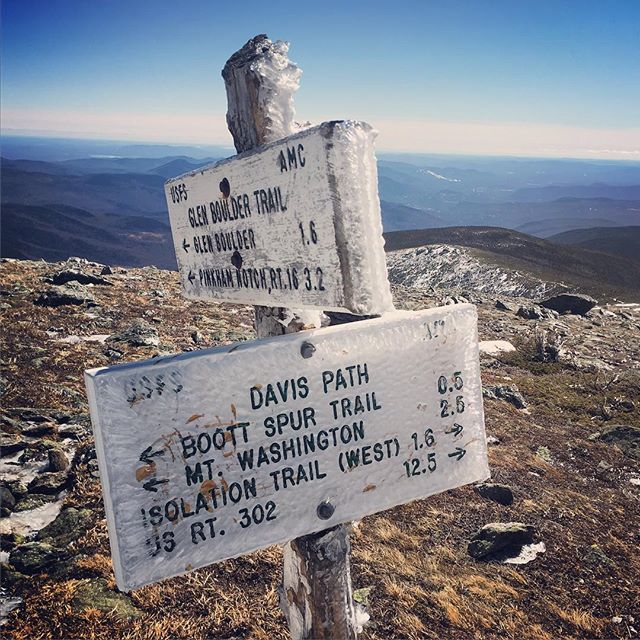
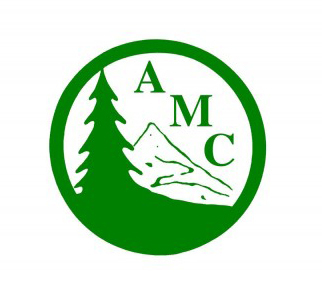
Appalachian Mountain Club (AMC)
Founded in 1876 in the heart of the White Mountains, the organization now spans from Maine to Washington D.C., boasts 12 local chapters, and more than 150,000 members. In addition to the hundreds of miles of trails the AMC maintains, they also manage a series of huts in the Whites to shelter weary hikers. Learn more here.
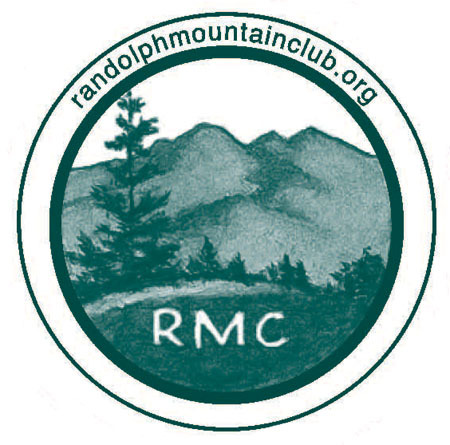
Randolph Mountain Club (RMC)
The RMS is run by a volunteer board of directors and a seasonal trail crew that maintains 102 miles of trail on the northern slopes of the Presidential Range and on the Cascade Range. They also oversee two cabins, one lean-to, one shelter and a number of tent platforms. This small but colorful trail club has celebrated an annual RMC community picnic every August since 1913! Learn more here.
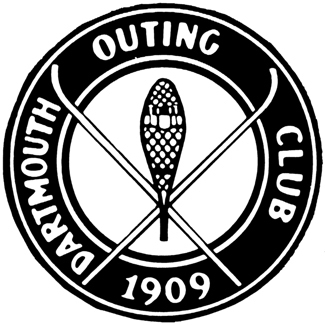
Dartmouth Outing Club (DOC)
Formed in 1909 to stimulate student interest in outdoor activities, the club grew to be the largest of its type in the nation (more than 1,500 student members) and an integral defining element of Dartmouth College itself. It now serves as an umbrella organization for more than a dozen smaller student groups dedicated to specific outdoor recreational opportunities. This club shows its personality through funny, witty, and neon-orange trail signs all over the iconic mountain it manages, Mount Moosilauke. Learn more here.
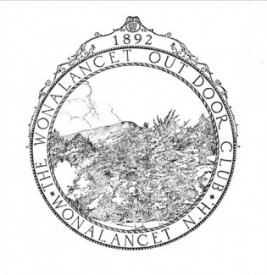
Wonalancet Outdoor Club and Chocorua Mountain Club (WODC and CMC)
The WODC and the CMC, founded in the 1892 and 1908 respectively, have played a very different role in the Whites than larger clubs like the AMC or the RMC. Both clubs, though just as old as their powerhouse counterparts, are still incredibly small. The WODC maintains 52 miles of trail in the Sandwich Wilderness, while the CMC, a subgroup of the Chocorua Lake Conservancy, is in charge of 7 trails on Mt. Chocorua and Mt. Paugus. While their territory is modest in size, these clubs are a perfect example of local communities taking the initiative to steward our National Forests for generations to come. Learn more here and here.
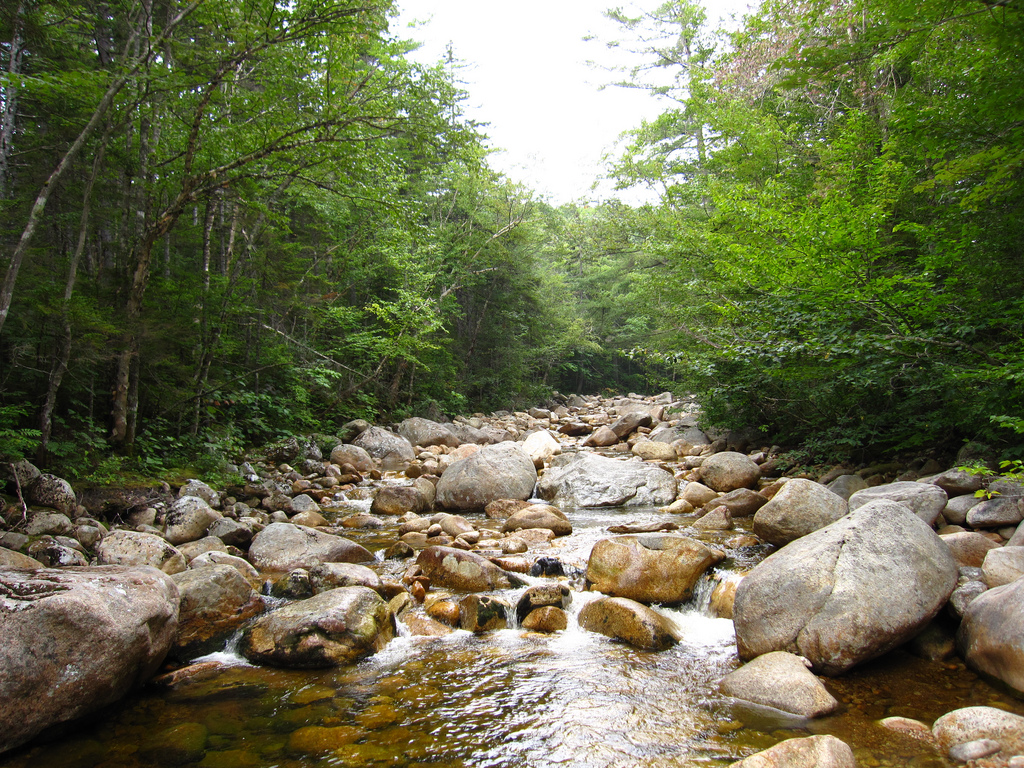
The National Forest Foundation, the White Mountain National Forest staff, and community partners are working with leaders from trail groups to create a holistic, collaborative stewardship plan for the Forest.
Citizen involvement will continue to be important in the years ahead, particularly in the light of dwindling federal budgets and such threats as climate change which would have been unheard of when the Forest was established. For a century now, the lessons of uniting citizens around a goal have been important here, and the NFF plans to build on these lessons and the existing community network of Forest supporters.
Learn more about our work on the White Mountain National Forest.

